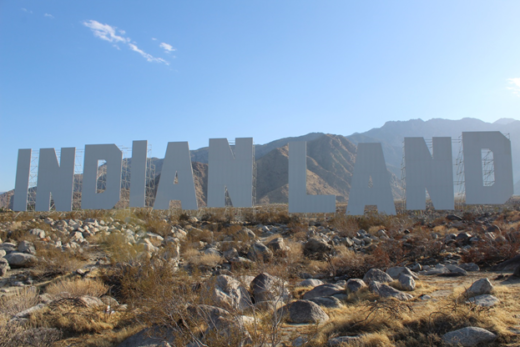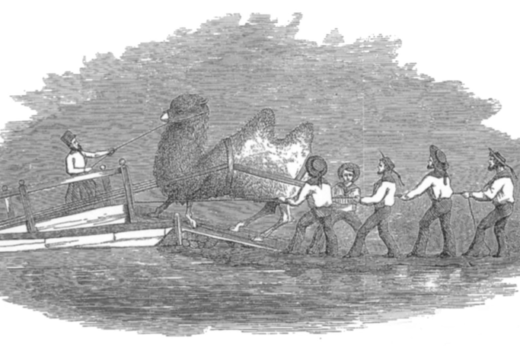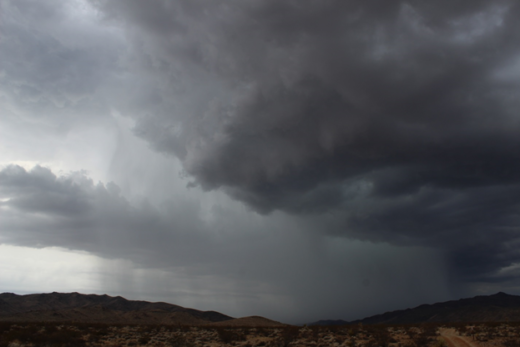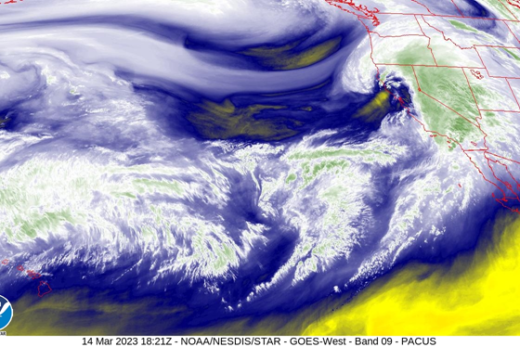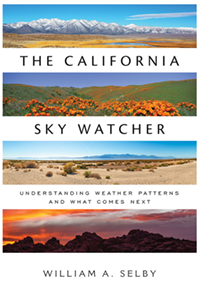Continue North on Fairfax to Wilshire Boulevard.
Continue north on Fairfax to visit side stops 3a,3b, and 3c before turning back to Wilshire. Once you get to 3rd Street, you will notice Farmer’s Market and The Grove on your right.
Side Stop 3a: Farmers Market (6333 W 3rd Street and Fairfax):
Here you will find L.A.’s historic and original Farmers Market adjacent to the 21st Century version of an over-planned and rather sterile private outdoor retail and entertainment district known as The Grove. Farmers Market is one of the few iconic landmarks that survived here after erupting out of the farm and oil fields that had earlier erupted from original Rancho La Brea and the Gilmore Estate. Its 160 stalls, restaurants, and shops offered a diversity of foods and merchandise; some of this diversity of choices lives on for today’s visitors. You will also see the remnants of L.A.’s first self-serve gasoline station, right in the middle of the world’s car culture mecca. You could argue that the beloved farmers markets now commonly found at least once a week in nearly every L.A. and California neighborhood started here.

Today’s Farmers Market offers abundant food choices for the pickiest of eaters and most of them are relatively affordable. Among the international offerings is the popular BBQ stop, Pampas Grill. From their web site: “Pampas Grill brings the traditional flavors of Brazilian churrasco to the Los Angeles area. Using the common Brazilian dining tradition of “pay by the pound,” patrons of Pampas Grill have control over their portions and pay only for what they eat.” As you wait in line, you will notice that they do have traditional vegetarian choices such as fresh salads and vegetables, plantains, flavored black beans, and sautéed yucca flour, but their big draw is a Brazilian staple: meat.
Continue north on Fairfax for a few blocks, noting how the atmosphere turns more upscale or hipster as you approach Melrose.
Side Stop 3b: Chao Krung Thai Restaurant (111 N. Fairfax Ave.):
Most foodies might tell you that the best choices for Thai food in L.A. (or perhaps anywhere in the USA) can be found along Hollywood Blvd. just east of Hollywood’s storied tourist traps of the stars. But, that district (officially designated Thai Town) lies beyond our tour route. No problem, since quality Thai cuisine is now scattered across southern California. You will find one of these restaurants with its own 50+ year history just north of the Farmers Market/Grove complex, on the other side of Fairfax. The following story reveals how L.A. has matured during the last 50 years.
Here, we will use an excerpt from a December 2018 article, The Decades-Long Evolution of Thai Cuisine in Los Angeles, by Jean Trinhin, that appeared in KCET’s The Immigrant Kitchen section, to summarize the significant history of this restaurant: “Amanda Kuntee, whose family opened Chao Krung, one of the first Thai restaurants in L.A., in 1969, says they had to cater to American tastes early on because the general public didn’t understand the difference between Thai and Chinese food at the time. “When we said ‘Thai food,’ they didn’t understand, and they’d say, ‘Thai food like Taiwan?’” Kuntee says. “Back in the day, Thailand was called ‘Siam,’ so if we said ‘Siamese food,’ they’d understand [that].”
To entice customers to come in, Kuntee’s mother had to include Chinese dishes like chow mein on the menu, and then would slowly introduce curries and tom yum soup to them. Kuntee remembers the dishes they served as being blander, sweeter and not as spicy compared to what they prepare today at their last-standing Chao Krung location on Fairfax Avenue. (The family previously ran three Chao Krung outposts.)” Today, if you order spicy, be prepared to sweat.
Side Stop 3c: Canter’s Deli (419 N. Fairfax Ave.):
Canter’s Deli is a remnant of a Jewish neighborhood that started when the first synagogue was built in 1928. Chain migrations brought Jews from Boyle Heights (also on our tour) and City Terrace during the 1930s. Refugees and Holocaust survivors from WWII followed, as Canter’s also moved to Fairfax from Boyle Heights. Canter’s is one of the most famous Jewish delis in L.A.; we’ll visit a second one later on our tour. Enjoy your matzo ball soup and pastrami, as you might dine with celebrities, rock stars, and past presidents.
If you still want to salvage our cultural foods and landscapes tour, turn around now and head back south on Fairfax before it is too late. Otherwise, stereotypical tourist landscapes that represent antitheses to our intended cultures tour await you toward those hills to the north. After we complete this guide, we will eventually post a brief tour of that other world distraction on our web site. Should you take that bait, it will be an entirely different rabbit hole experience that is part of another L.A.
